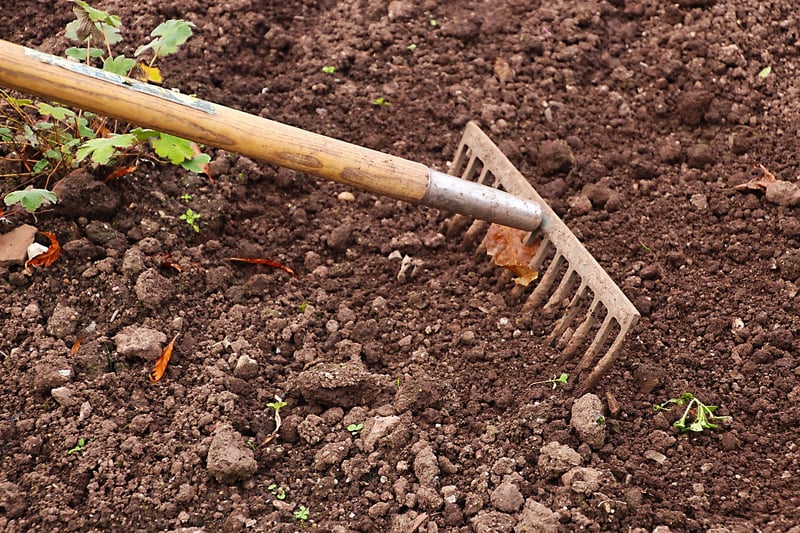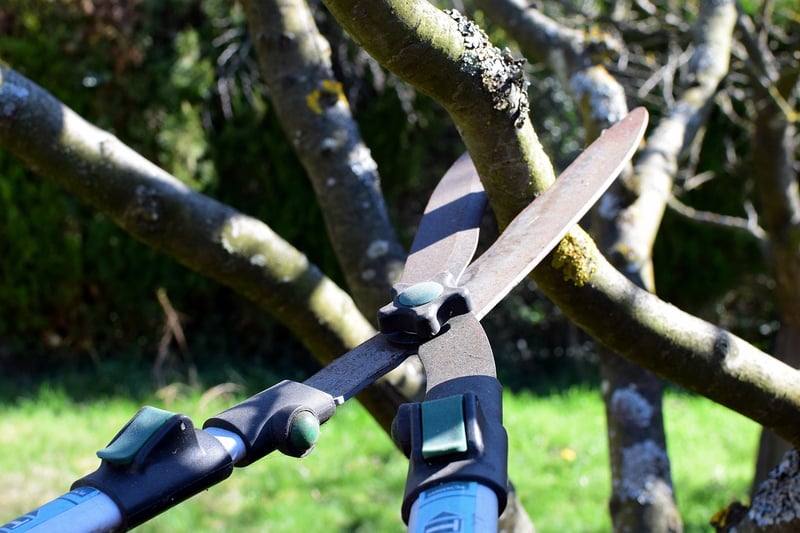Pruning Guidance
Keeping Your Garden Healthy: Essential Pruning Guidance
Welcome to our guide on maintaining a healthy garden through proper pruning techniques. Pruning is a crucial aspect of garden care that not only enhances the aesthetic appeal of your plants but also promotes their overall health and growth. Read on to learn essential tips and techniques for effective pruning.
Why Pruning is Important
Pruning is essential for the following reasons:
- Promotes plant growth by removing dead or overgrown branches.
- Improves air circulation within the plant, reducing the risk of diseases.
- Shapes the plant for better aesthetics and structure.
- Encourages the development of flowers and fruits.
Key Pruning Tips
- Use clean, sharp tools to make precise cuts and prevent damage to the plant.
- Prune during the plant's dormant season to minimize stress.
- Remove dead, damaged, or diseased branches first to promote overall plant health.
- Prune branches that are crossing or rubbing against each other to prevent damage.
- Step back regularly to assess the plant's shape and progress while pruning.
Types of Pruning Cuts
There are three main types of pruning cuts:
- Clean Cut: A smooth cut made just above a bud or branch without leaving a stub.
- Thinning Cut: Removing an entire branch back to the main stem or a lateral branch.
- Heading Cut: Shortening a branch by cutting it back to a bud or lateral branch.
Pruning Tools
Essential pruning tools include:
- Pruning Shears
- Loppers
- Pruning Saw
- Hedge Shears
Conclusion
By following proper pruning techniques and guidelines, you can ensure the health and vitality of your garden plants, promoting lush growth and beautiful blooms. Remember to prune with care and attention to detail, always prioritizing the well-being of your plants.
For more gardening tips and inspiration, stay tuned for our upcoming articles!

